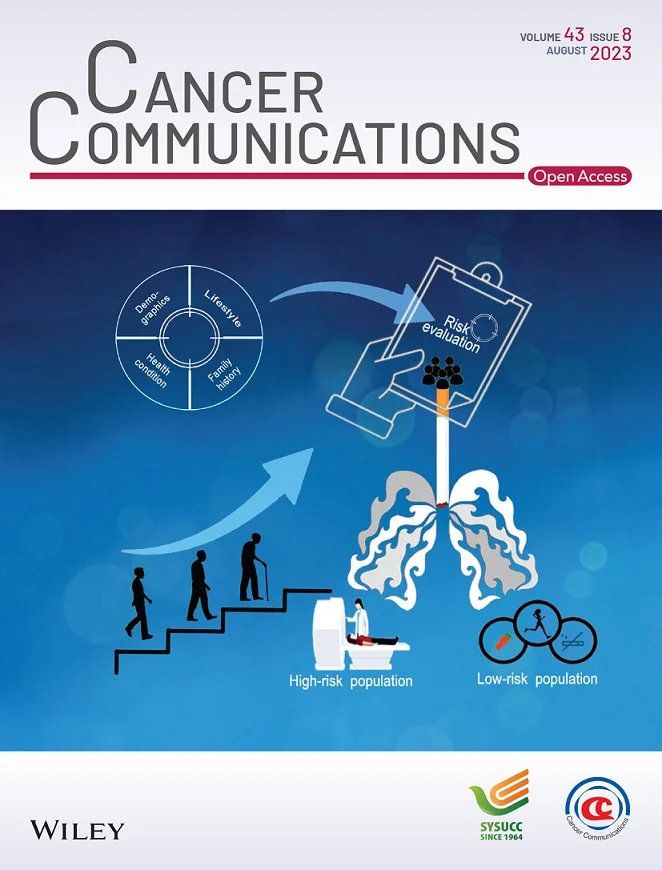Immunotherapy has revolutionized the therapeutical regimen for nasopharyngeal carcinoma (NPC), yet its response rate remains insufficient. Programmed death-ligand 1 (PD-L1) on small extracellular vesicles (sEVs) mediates local and peripheral immunosuppression in tumors, and the mechanism of PD-L1 loading into these vesicles is garnering increasing attention. Latent membrane protein 1 (LMP1), a key viral oncoprotein expressed in Epstein-Barr virus (EBV)-positive NPC, contributes to remodeling the tumor microenvironment. However, the precise mechanisms by which LMP1 modulates tumor immunity in NPC remain unclear. Here, we aimed to investigate the roles and regulatory mechanisms of LMP1 and sEV PD-L1 in NPC immune evasion.
We analyzed the impact of LMP1 on tumor-infiltrating lymphocyte abundance in NPC tissues and humanized tumor-bearing mouse models using multiplex immunofluorescence (mIF) and flow cytometry, respectively. Transmission electron microscopy and nanoparticle tracking analysis were employed to characterize sEVs. Immunoprecipitation-mass spectrometry was utilized to identify proteins interacting with LMP1. The regulatory effects of sEVs on tumor microenvironment were assessed by monitoring CD8+ T cell proliferation and interferon-γ (IFN-γ) expression via flow cytometry. Furthermore, the expression patterns of LMP1 and downstream regulators in NPC were analyzed using mIF and survival analysis.
High LMP1 expression in NPC patient specimens and mouse models was associated with restricted infiltration of CD8+ T cells. Additionally, LMP1 promoted sEV PD-L1 secretion, leading to inhibition of CD8+ T cell viability and IFN-γ expression in vitro. Mechanistically, LMP1 recruited apoptosis-linked gene 2-interacting protein X (ALIX) through its intracellular domain and bound PD-L1 through its transmembrane domain, thereby facilitating the loading of PD-L1 into ALIX-dependent sEVs. Disruption of ALIX diminished LMP1-induced sEV PD-L1 secretion and enhanced the anti-tumor immunity of CD8+ T cells both in vitro and in vivo. Moreover, increased expression levels of LMP1 and ALIX were positively correlated with enhanced immunosuppressive features and worse prognostic outcomes in NPC patients.
Our findings uncovered the mechanism by which LMP1 interacts with ALIX and PD-L1 to form a trimolecular complex, facilitating PD-L1 loading into ALIX-dependent sEV secretion pathway, ultimately inhibiting the anti-tumor immune response in NPC. This highlights a novel target and prognostic marker for NPC immunotherapy.



